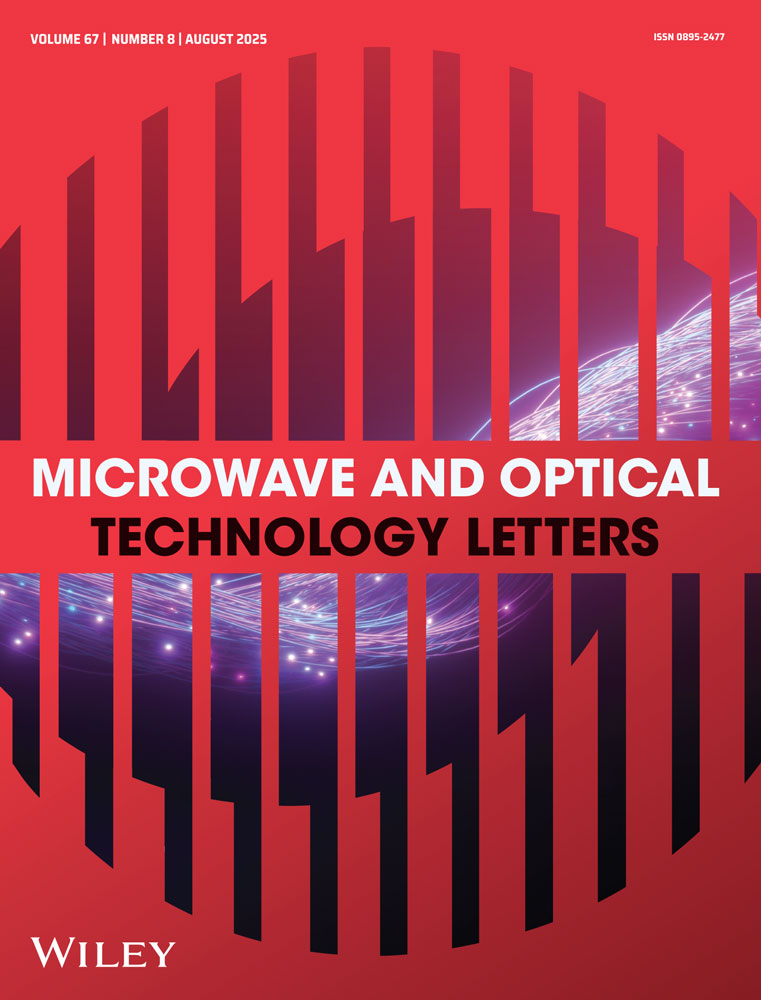Using high permittivity ceramic substrates to design a bandpass filter with open stub
Abstract
The advantage of using high permittivity ceramic substrates is to miniaturize the sizes of microstrip bandpass filters. The selectivity and stopband rejection of the designed filters can be improved significantly by utilizing open stubs. The designed filter with appropriate open stub can create tunable transmission zero. These factors will reduce the size of the filter and increase its performance. The responses of the filters using Al2O3 (εr = 9.8, tanδ = 0.0001) and 0.96(Mg0.95Zn0.05) TiO3-0.04SrTiO3 (εr = 20.7, tanδ = 0.00007) ceramic substrates are designed at a center frequency of 2.45 GHz. Finally, the open stub and high permittivity ceramic substrates are applied to the design of a direct-coupled hairpin filter. The compact size, low-loss, sharp response, and performance of the filter are presented in this article. © 2007 Wiley Periodicals, Inc. Microwave Opt Technol Lett 49: 771–773, 2007; Published online in Wiley InterScience (www.interscience.wiley.com). DOI 10.1002/mop.22252




